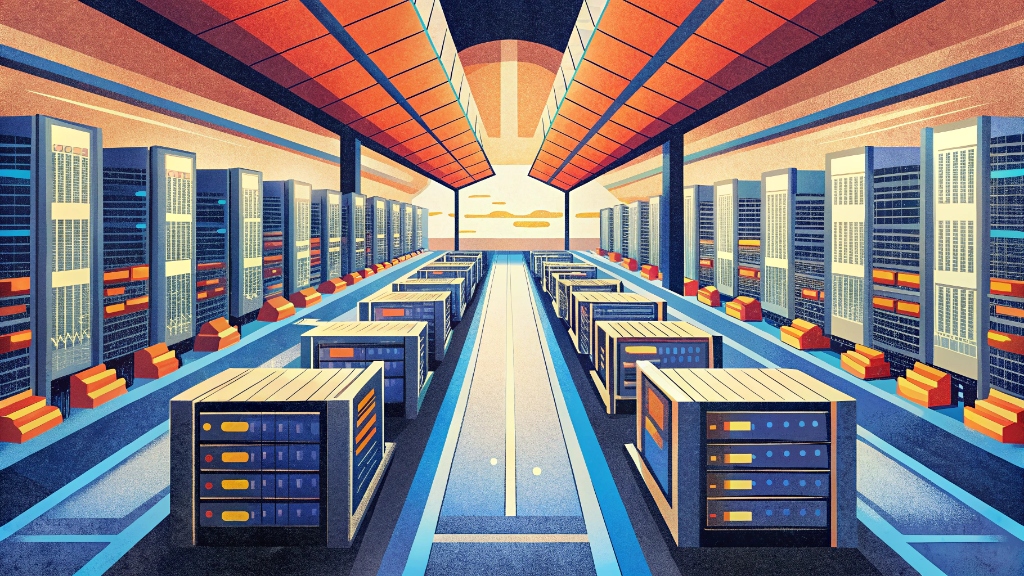
The Process Has Evolved Since the Early Days
Bitcoin mining remains active in 2025, but it is vastly different from the early days of the cryptocurrency. While still profitable under certain conditions, the landscape for mining Bitcoin today is more complex, competitive, and resource-intensive. Understanding these shifts highlights the challenges and requirements miners face in the current landscape.
1. Is Bitcoin Mining Still Happening?
Yes, Bitcoin mining continues robustly in 2025. The Bitcoin network relies on miners to validate transactions and secure the blockchain through proof-of-work. Currently, miners collectively earn around US $20 million worth of Bitcoin each day, which translates to roughly US $600 million monthly. This continuous mining activity confirms that Bitcoin mining has not ceased, although the nature and scale of mining have evolved significantly.
2. Bitcoin Mining Then vs. Now
In Bitcoin’s early days, mining was a relatively straightforward and accessible activity. Initially, Bitcoin mining could be done on standard personal computers or even laptops with simple CPUs or GPUs. Miners received 50 BTC per block reward for solving complex puzzles, with blocks mined approximately every 10 minutes. This early mining was often a hobby or side project for enthusiasts, and mining difficulty was low enough for individuals to participate from their bedrooms.
Fast forward to 2025, mining has undergone enormous transformations:
- Hardware: Early miners used CPUs and GPUs, but today mining requires specialized hardware called ASICs (Application-Specific Integrated Circuits), which are custom-designed to maximize hashing power and energy efficiency. The newest mining rigs cost US $2,000 to US $20,000 or more, much more than the early personal computing equipment.
- Profitability: Early miners could earn tens or hundreds of bitcoins easily, while today miners receive only 3.125 BTC per block, reducing further to 1.5625 BTC after the next halving around 2028. The mining reward halving, coupled with rising mining difficulty, has tightened profit margins.
- Mining Difficulty: The mining difficulty adjusts roughly every two weeks to ensure that blocks remain mined every 10 minutes regardless of how many miners join the network. This difficulty has skyrocketed over the years, requiring exponentially more hashing power to mine the same reward.
- Scale and Industrialization: Bitcoin mining businesses have mostly shifted to large-scale industrial operations with hundreds or thousands of ASIC machines housed in data centers, often located in regions with cheap electricity. Small-scale or hobby mining is less common and generally unprofitable unless the miner has access to very low-cost power.
3. Is Bitcoin Mining Still Worth It Today?
Whether Bitcoin mining is still worth doing depends on several factors:
- Electricity Costs: Mining requires substantial electricity, making power costs the largest expense in most mining operations. Large industrial miners operate in locations with low electricity rates, sometimes using renewable energy sources for cost savings and environmental benefits.
- Hardware Efficiency: Efficient mining hardware with a low cost per terahash is critical. The price of new mining machines in 2025 is around US $16 per terahash, a significant improvement from US $80 per terahash in 2022, thus improving some miners’ margins.
- Market Price of Bitcoin: The profitability of mining is closely tied to Bitcoin’s market price. A higher Bitcoin price can offset the increasing costs and difficulty.
- Mining Pool Participation: Most miners today join mining pools to combine their hashing power and earn smaller, more frequent payouts rather than competing solo for the whole block reward.
- Regulatory Environment: Legal and regulatory conditions for cryptocurrency mining vary widely globally and can impact profitability and feasibility.
For individual hobbyists or miners without cheap electricity and access to competitive hardware, mining is often not profitable. The cost to mine one Bitcoin in the U.S. can exceed US $100,000 in 2025, far surpassing the current Bitcoin price for most regions. However, for professional and industrial miners with access to economies of scale, mining remains a lucrative business.
4. What Does Bitcoin Mining Require Today?
To mine Bitcoin successfully in 2025, you need:
- Specialized ASIC Hardware: High-performance ASIC miners such as the Antminer series or MicroBT Whatsminer are essential. These machines deliver thousands of terahashes per second (TH/s) and are designed for energy efficiency.
- Reliable and Cheap Electricity: Access to low-cost electricity (often under $0.05 per kWh) is crucial since mining consumes large amounts of energy.
- Mining Software: Software to connect your mining hardware to the Bitcoin network and mining pools. Popular options include CGMiner, BFGMiner, and proprietary mining firmware provided by manufacturers.
- Mining Pool Membership: Joining a mining pool consolidates hashing power and increases the frequency of payouts, reducing variance compared to solo mining.
- Cooling Solutions: Mining rigs generate significant heat, requiring efficient cooling systems to prevent overheating and hardware damage.
- Technical Knowledge and Setup: Mining setups require technical expertise for installation, maintenance, and optimization. Troubleshooting hardware or network issues is part of the process.
The Changing Face of Bitcoin Mining
Bitcoin mining has transitioned from a once accessible hobby to a sophisticated industrial operation. While millions of dollars are still made daily mining Bitcoin, individual miners face daunting costs and growing competition from industrial players. Profitability today hinges on access to cutting-edge technology, cheap electricity, efficient operations, and pooling resources. Those considering mining must weigh the upfront investments, operational challenges, and evolving network dynamics carefully.
Despite these challenges, Bitcoin mining endures as the essential mechanism securing the blockchain and validating transactions, ensuring Bitcoin’s viability as digital money. It remains a high-stakes game with high costs but also potential high rewards for those equipped to play it wisely.















